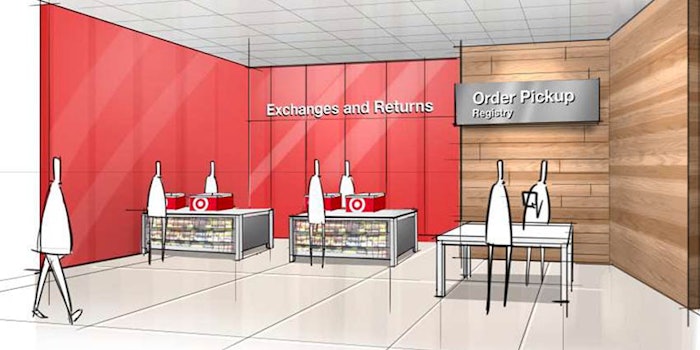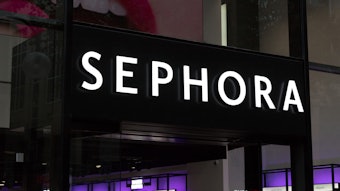
From cashierless physical stores to delivery drones to in-home AI systems, Amazon seems to be at the center of every retail conversation. But a string of recent reports shows that the ecommerce giant is looking to reshape the way products are created, packaged, sold and delivered. Do brands have any choice?
Amazon matters for many reasons, not least of all because it has outpaced year-over-year growth of the retail category, 38% vs 6%, according to research from One Click Retail (OCR). The contrast is even more stark in the health and personal care segment, where Amazon is growing at a rate five times faster than the general retail space:
- Baby care (30%)
- Household consumables (55%)
And, while the U.S. beauty category sales are up about 2%, year-over-year, Amazon has seen sales leap by 47%. Top growers are skin care and men's products.
"What we're currently witnessing is ecommerce finally beginning to disrupt everyday household products, with Amazon leading the pack."
The firm noted, "OCR's findings suggest that Amazon's success in this product group is driven by the sale of a very large volume of small, inexpensive items. The future success of drug stores and supercenters will be dependent upon whether they consider selling on Amazon, introducing their own online sales strategy or choosing to do nothing at all."
"What we're currently witnessing is ecommerce finally beginning to disrupt everyday household products, with Amazon leading the pack," said Spencer Millerberg, OCR's CEO. "Consumers benefit from buying these items in bulk, and having them delivered right to their doorsteps. Our numbers continue to demonstrate just how significant these everyday items are in helping to drive Amazon's exponential YoY growth."
Amazon Pushing Brands to Shift Relationships
Bloomberg reports that Amazon has invited a number of top brands such as General Mills and Mondelez to attend a May event at which the retailer will try to "persuade them that it's time to start shipping products directly to online shoppers and bypass chains like Wal-Mart, Target and Costco."
Further reading: Amazon Gets in on MEA, "The World's Fastest Growing Beauty Market"
The event is co-hosted by SCM World, whose board includes Unilever and Kimberly-Clark.
These shops can house goods for online order/in-store pickup or even for rapid-response online delivery.
Such a move would be a big blow to Walmart, Target and other leading retailers, but it would also reshape how products are built, shifting from a shelf-first design ethos to one that focuses on digital-first. This means less fussy packaging and a complete rethink of the central goals of product design.
Big brands may be reluctant to refuse Amazon's overtures. But, as Bloomberg reports, "[Ken Cassar, an analyst at Slice Intelligence] notes that Amazon has 300 million shoppers and can make its own products if brands aren’t willing to sell on its marketplace. 'Fear, more than anything else,' Cassar says, 'may compel these companies to pay attention.'"
Amazon is rolling out ever more physical stores, which, in addition to solving the retailer's experiential and tactile deficits, allow it to effectively establish mini product warehouses with close consumer proximity.
Beauty brands are already struggling with Amazon to keep control of their distribution and brand reputations. A recent court case in Germany saw Coty striving to preserve the distribution rules for luxury brands such as Marc Jacobs, Calvin Klein and Chloe.
German retailer Parfumerie Akzente, which sells on platforms such as Amazon, told Germany's top court that this brand policy amounted to an anti-competitive stance.
Retailers such as Target have made similar moves, focusing on smaller stores.
Meanwhile, Amazon is rolling out ever more physical stores, which, in addition to solving the retailer's experiential and tactile deficits, allow it to effectively establish mini product warehouses with close consumer proximity, which can be used to deliver goods to consumers within hours or even minutes.
Retailers such as Target have made similar moves, focusing on smaller stores closer to consumers. These shops can house goods for online order/in-store pickup or even for rapid-response online delivery.
Target, which recently unveiled its plans for 600 store revamps (by 2019), included concepts for dedicated online order pickup stations in stores.
But is it enough?











